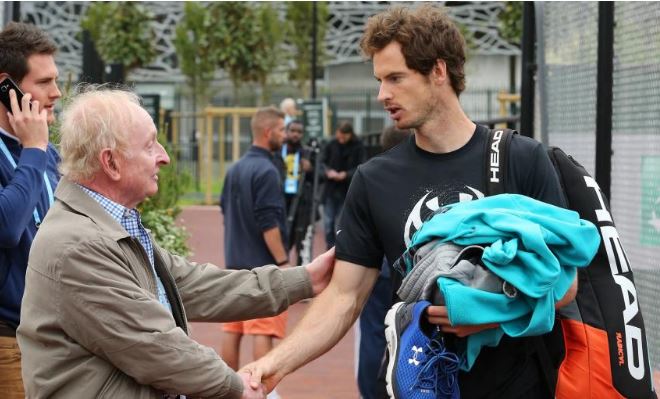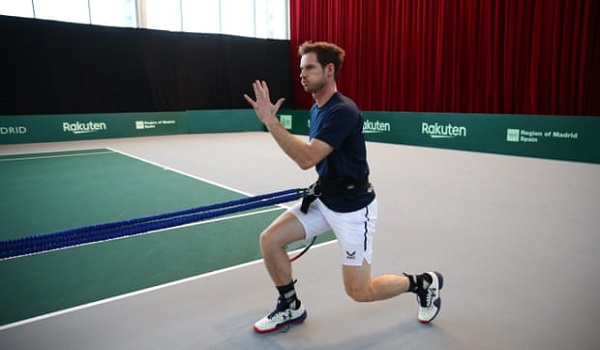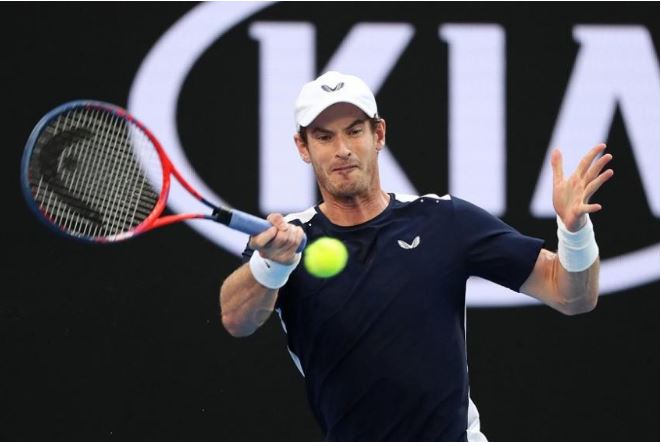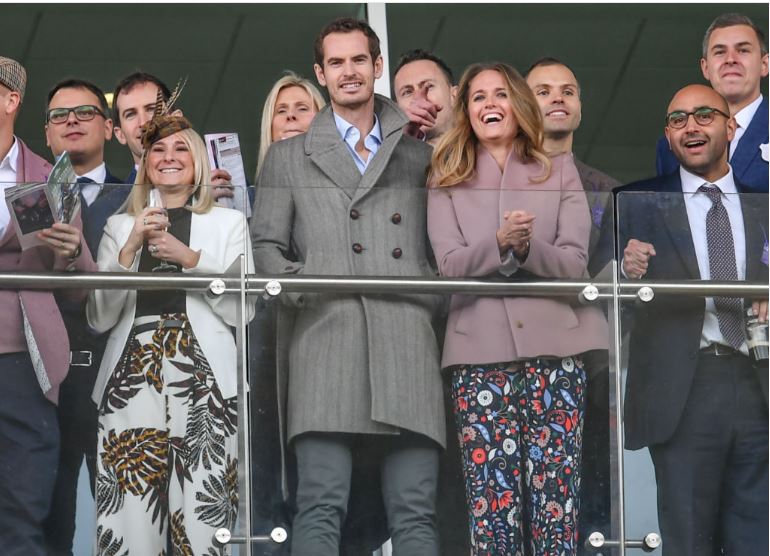Euan Notley reviews the recent Andy Murray documentary which showed the process of the tennis star’s recovery from injury.
It’s early in the morning. Andy Murray is silently working on an exhausting-looking exercise machine when his phone rings. He receives some news and his head slumps against the glass. After hanging up, a visibly devastated Murray explains to the camera that his hip replacement surgery cannot take place until next week. Another week of worrying if he’s made the right decision, another week until he can start the rehab process. Then, Murray wordlessly returns to the machine and gets back to work.

In one small, quiet scene director Olivia Cappuccini’s new documentary sums up the essence of the tennis champion. Andy Murray: Resurfacing was released at the end of last year and follows Murray’s struggle to overcome his infamous hip injury, providing an insight into the mind of a sportsperson at the very top of their profession. Starting with his first hip operation in January 2018, the documentary takes the viewer through months of reconditioning, Murray’s inability to overcome the intense physical pain, his hip replacement in 2019 and his remarkable return to tennis with a men’s doubles victory at Queen’s that summer.
The immediate appeal of this documentary is its remarkable intimacy: Cappuccini and her team are given access to Murray’s home, his inner circle and even the operating theatre (while fascinating, the footage of Murray’s hip replacement is not for the squeamish). The filmmakers could not have realised what they were going to get when they started filming, and the fact that they captured the moment when Murray tells his team he wants to resign feels almost sacrilegious. Although there are a few interviews with the familiar faces of the tennis world, it is the insights of Murray’s trainers and physios that are most revealing. These are the people who spend all day with Murray and whose careers, hopes and fears are all tied up with his.

The portrait of Murray that emerges from the documentary is one of a man so competitive and focused it’s almost frightening. Whenever anybody suggests he can’t do something, Murray must then prove he can. Even when jokingly defending a doodle he sketches in a hospital waiting room, there is an edge to his voice. Murray is unable to let go. Even when he himself is uncertain about the future, his family and friends always know that the call of the professional circuit will be irresistible to him.
Cappucini demonstrates that to be a world class sports person requires a mind that operates with a single mindedness the rest of us can barely comprehend. Murray is always switched on: if he is not on court or in the gym, he is researching his options for surgery. Everything is about the game. This mentality is then stretched to breaking point when the second act of the film forces Murray to consider a life beyond tennis. Suddenly sports documentary takes a turn into existential crisis. Murray admits to himself, ‘I don’t know what I’m going to do,’ and the fear in his voice is palpable. The heart of the documentary is essentially the tragic catch-22 of every champion’s career: the people who achieve enough to be seemingly satisfied are the exact same people who will never be satisfied.

Fortunately, the documentary does not stop there, and Resurfacing inevitably becomes a tale of resilience. Murray cannot and will not let go. The film chooses to end on a hopeful note, with Murray’s success at Queen’s and his subsequent return to singles. Where his career will go next is left open. The only certainty is that Murray will leave the game on his own terms.
Overall, the documentary is a worthwhile exploration into the mentality of perhaps Britain’s most successful sportsperson of the 21st century. Although it always remains firmly on Murray’s side, it is at least a far more honest and probing examination than previous attempts. There is none of the cosiness of his BBC documentary, in which Sue Barker literally curled up on the sofa with Andy and the dogs.
Resurfacing also, perhaps inadvertently, gives the viewer an appreciation for the staggering amount of money depending on Murray’s hip. Such is the strange world of sport that a multi-million-pound business can be built around one man’s body. While it is not drawn attention to, the viewer becomes very conscious of the expensive equipment, leading specialists and exclusive hospitals that form the background of the film. Although for some this may dampen their sympathies towards Murray, it certainly adds to the pressure on him to recover.

Overall, Resurfacing has plenty to recommend it to any fan of tennis and particularly to those with an intense interest in physiotherapy (I’m sure they exist somewhere). For the more casual fan, the focus on training and rehabilitation could potentially become repetitive. There was one scene where, on the morning of what Murray believes could be his last ever match, we see him sitting and laughing at The Inbetweeners over breakfast. Personally, I found myself left wanting more moments like this, more little human moments to help me connect with the sporting superstar.
And yet, I’m a sucker for a comeback story. When I saw those clips of Murray once again pulling off those insane shots that made me love him in the first place, I couldn’t help but smile and shake my head at the beautiful, insane determination of Andy Murray.
Andy Murray’s future is still hazy, but there is a light

After initially announcing that he would play the ATP Cup and the Australian Open, Andy Murray was forced to give up both the Australian tournaments and Montpellier and Rotterdam events, despite all the expectations of his team and his fans.
“The injury is taking longer than expected to heal” admitted the Briton in a recent interview. It was speculated that Murray could make his come back to the Miami Open, but his current position ( he is the number 128 of the ATP Ranking) would not allow him to directly access the main draw, but he could get a wild-card for the second ATP Masters 1000 of the season.
Murray could participate in some Challengers before going to Queen’s, Eastbourne and then to Wimbledon. The next few weeks should serve to clarify the situation, which still seems nebulous, but which perhaps glimpses a light at the end of the tunnel.

In fact, in any case, Murray will come back on a tennis court at least between the Miami Open and the Queen’s tournament: within these dates the groin injury suffered during the Davis Cup Finals should be disposed of and the Scot should take back his destiny after the comforting performances of Autumn 2019, culminating with the title victory in Antwerp.
What to expect from his 2020? Especially minutes and important matches to accumulate, recovering physical fitness and confidence, as he was already doing up to Antwerp. Will he be able to return to the top again as during the best years of his career? Difficult, but surely he will have the chance to win other titles and compete with his great rivals, even in the Slams.